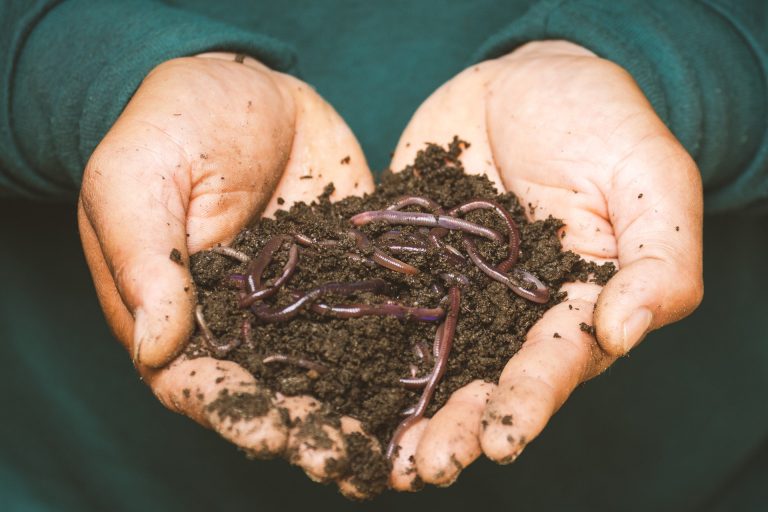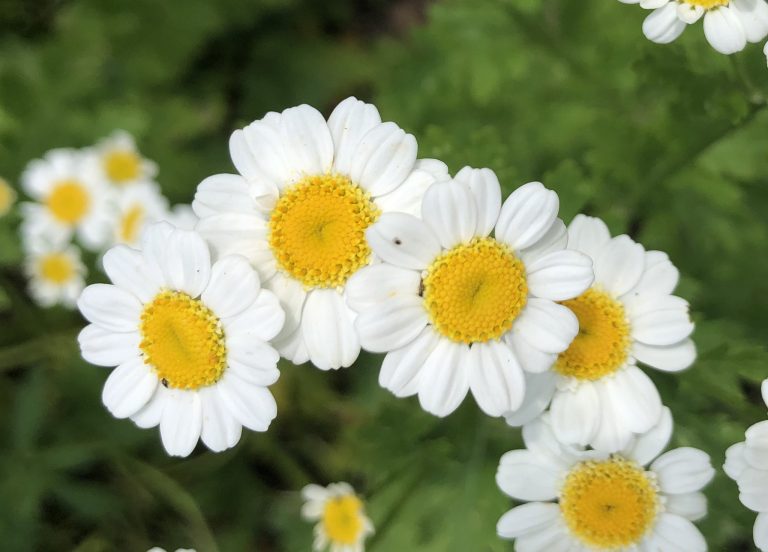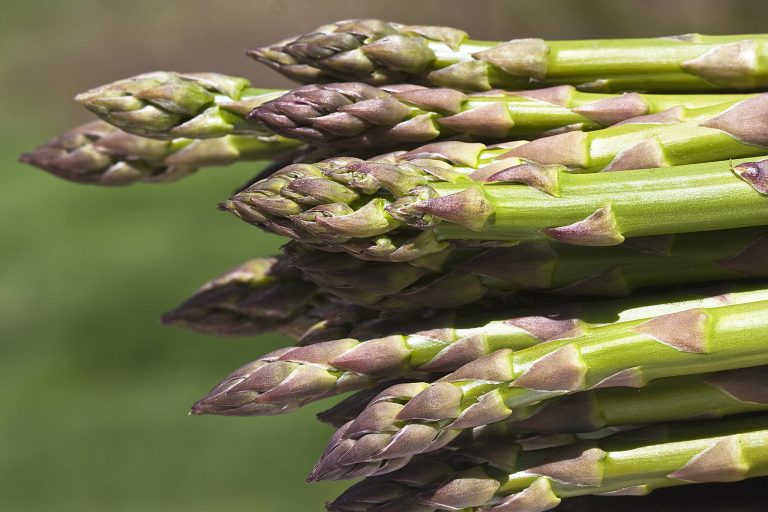While the word “dirt” usually carries negative connotations, it can also be seen as the basis of our existence. Horticulturists and botanists prefer the word “soil” for the life-giving medium that makes your carpet dirty if you track it into the house. Plants need it to grow, and we need plants to survive.
But soil is a living thing as well, and it needs to be fed. With continuous depletion of nutrients and erosion of minerals, soil cannot feed the plants that feed us. Enter chemical fertilizers, which amounts to giving refined sugar to a starving person, and the soil becomes really dead. To restore life to soil, plant, and person; organic matter, rich in nutrients, needs to be continually given back to the Earth.
Why compost?
An estimated 2.6 trillion pounds of trash is produced every year on our planet. Much of this waste is, in fact, organic matter. By separating out our compostable scraps, we can not only significantly reduce waste, but also produce exactly what will keep our soil alive. Composting allows us to return nutrients to the soil in a way that they can be easily utilized.
Due to depleted soils, most foods purchased in stores are low in vitamin and mineral content. When food is cultivated on nutrient-poor soil, the food itself becomes devoid of nutrients. Composting refuse naturally adds these essential elements back to the earth and helps neutralize the pH, making nutrients more available. It improves the soil’s water retention and water quality as well, making it ecologically beneficial.
Success
You are now signed up for our newsletter
Success
Check your email to complete sign up
According to the EPA, an increase in organic matter of just one percent can triple the soil’s water holding capacity. This ensures that gardens flourish and produce nutritious and flavorful harvests. Farmers and gardeners usually use mature composted manure, a nitrogen- and humus-rich, soil-building material that is dark brown to black and smells earthy; but composting other materials at home also works nicely.
Kitchen scraps, yard waste, and garden clippings can all be composted. It is a straightforward, inexpensive way to provide healthy organic fertilizer for your garden. Making compost is simple and can be done nearly anywhere (even in an apartment). So, let’s get to work.
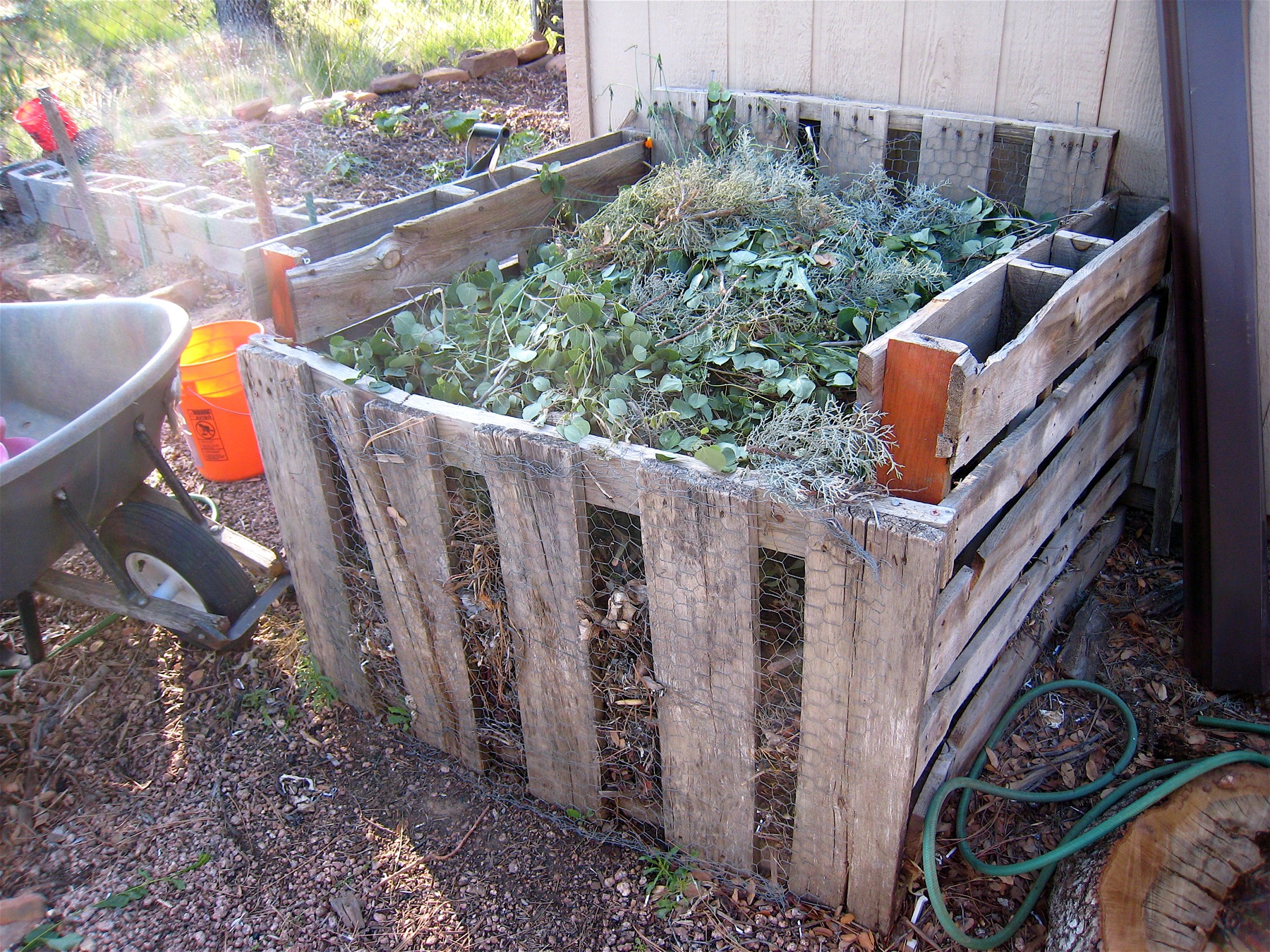
Tips for collecting food scraps
Collect scraps in a clean, lidded container. Smaller bits compost more quickly due to increased surface area, so chop your larger pieces of waste. Keep your pail in the fridge or freezer to avoid odors and fruit flies.
Most organic materials (food scraps, grass, twigs, etc.) will naturally rot and degrade eventually, but composting creates ideal conditions for microorganisms to decompose waste more quickly.
Three fundamental ingredients:
Water, greens, and browns are the three essentials for composting. Composting is easy once you have your compostable materials.
Green (nitrogen-rich) material heats the pile, while brown (carbon-rich) material feeds the microorganisms.
Greens are your vegetable peels, grass clippings, coffee grounds, and fruit scraps; and browns are the dry materials such as twigs, dead leaves, and tree branches. The ratio of browns to greens should be approximately equal in your compost pile. If it is too dry, it will be necessary to add water to break down the organic matter.
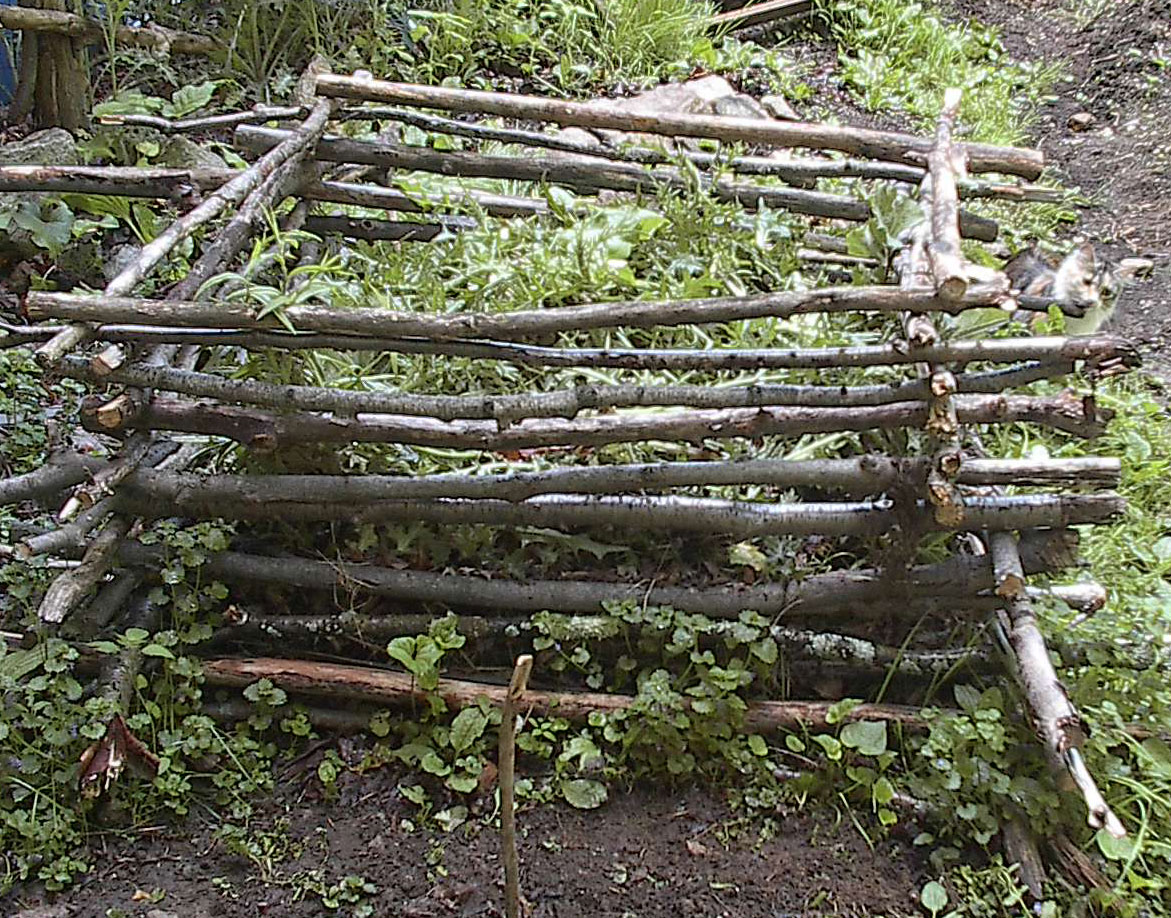
What to compost and what to avoid
Vegetables and fruits, bread, grains, pasta, eggshells, tea bags, coffee grounds and filters, cardboard, yard waste paper, shredded newspaper, hay, leaves, grass clippings, dead houseplants, sawdust, and wood chips, cotton or wool cloths, feathers, fireplace ashes, and nutshells all make excellent compost materials.
Things to avoid include coal, which may include chemicals toxic to plants; diseased or infested plants, because without reaching a high temperature, these afflictions may survive and infect other plants; lard or other animal products which cause odors and attract pests like rats and flies; pet litter, which may include dangerous parasites, bacteria, germs, pathogens, and viruses; and pesticide-treated yard clippings, which can poison your soil.
Compost bin alternatives
If you don’t have a garden for an outdoor compost pile, you may compost inside using a specially designed container or make one from any large bin by perforating the sides with many holes. You may even look into buying a worm composting bin. If you remember to maintain your collection and monitor your contributions, it will neither smell unpleasant nor attract bugs or rats.
Outdoor composting can also be containerized, or simply heaped into a pile. A loose pile should be located so that it receives some light, has no standing water, and is accessible daily. Invest in a pitchfork.
A variety of outdoor compost bins are available for purchase, ranging from simple to complex, depending on how much money you want to invest. A low-cost and effective option is to construct a three sided enclosure. Posts, pallets, and some wire fencing are all you need. The open side allows access for turning and maintenance.
Composting is not complicated
Assemble brown and green materials, chopping or shredding the bigger bits. To achieve the correct ratio, use two parts brown, which is generally light, loose material, to one part fresh, dense green material. Keep a stash of browns in a bag or container next to your compost bin and add them daily with your kitchen waste.
Stack your pile in alternate layers, moistening each layer to keep it damp. Once your compost pile has taken shape, bury fruit and vegetable waste beneath partially composted material to activate decomposition and minimize insects.
Keep the pile aerated as you add new compost. Stop adding material when your stack is four feet high and let it decompose. Be sure to start another bin in the meantime. Once a week, turn or stir the pile to provide oxygen and keep it evenly moist.
Cold compost piles take many months to a year to mature, but you don’t have to wait for the whole stack to decompose before using it. When the compost is ready, it will smell earthy and have a black appearance. Be aware that you may still see bits of broken eggshells, peach pits and the like. It is still usable, but if you prefer a finer product, simply screen it.
Putting the product to good use
Now that you’ve created this amazing rich organic matter, you can use it in your garden by incorporating it into the soil before planting, or topdressing already growing plants. Top off your potted plants for a welcome boost, or make compost-tea for an “energy drink” your plants will love.
Composting is an easy and satisfying activity. Not only does it significantly reduce waste, it gives something back to the Earth for what it has generously provided.
Ila Bonczek contributed to this report.



